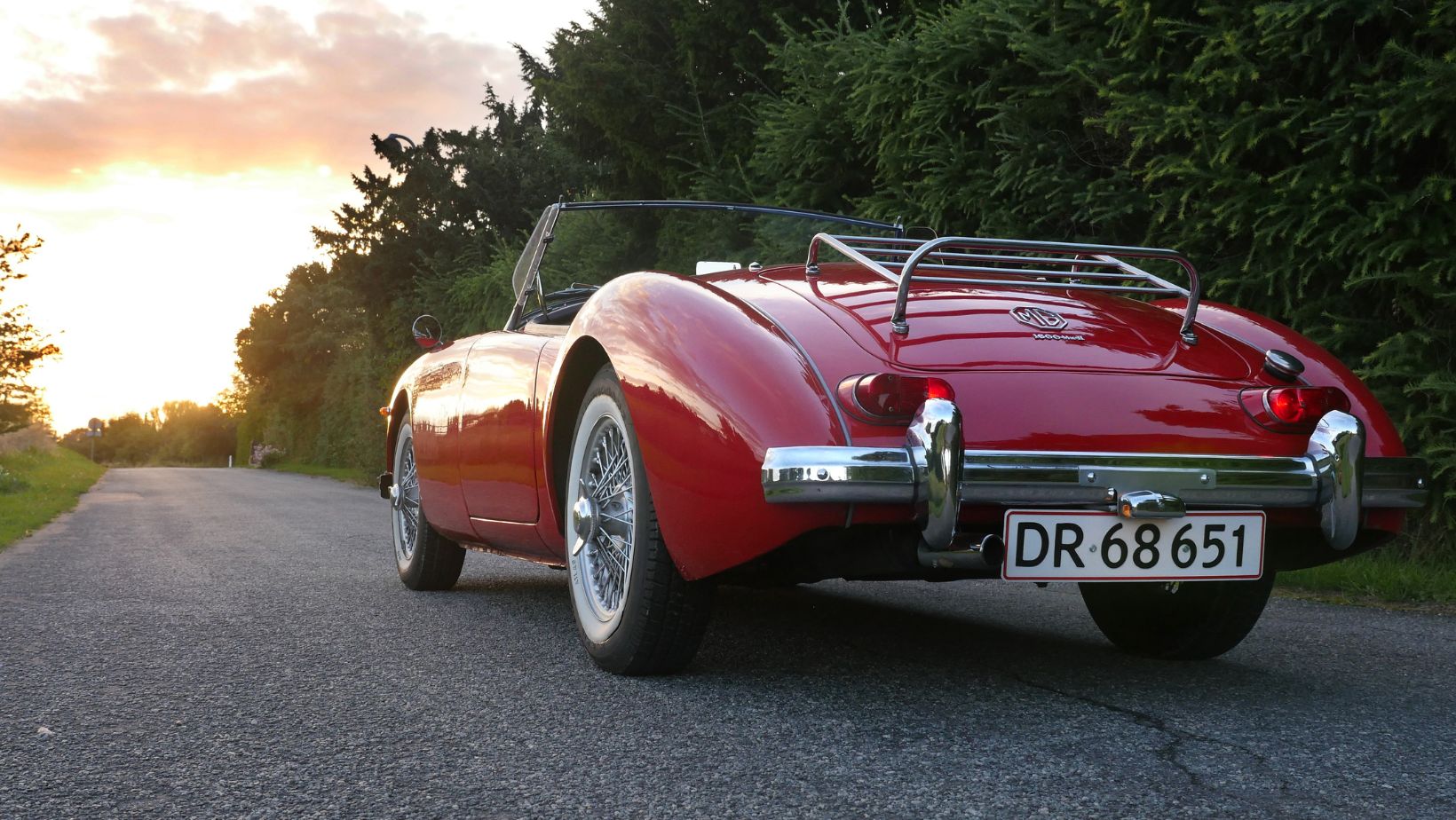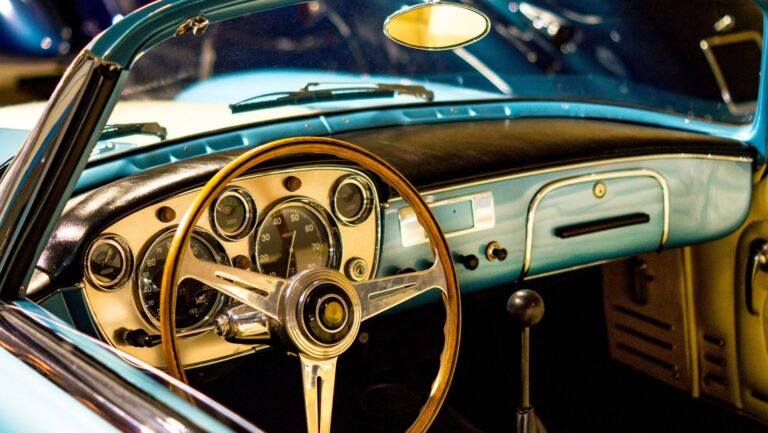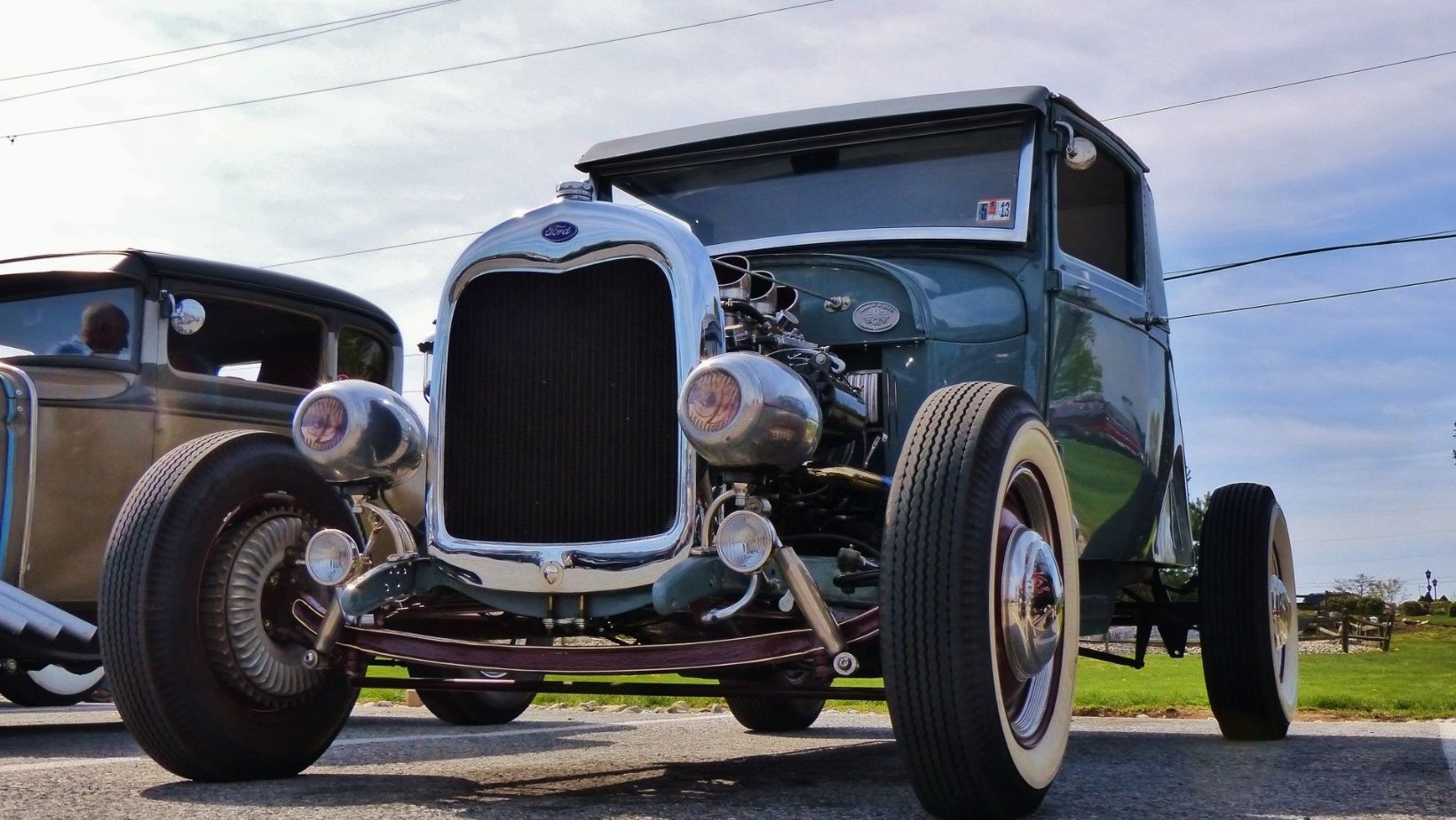The automobile industry has undergone remarkable transformations over the decades. What began as mechanical marvels built with straightforward designs has evolved into a world dominated by sophisticated, technology-driven vehicles.
Classic cars, with their simplicity and timeless charm, often remind us of a different era—one where reliability and hands-on mechanics were at the forefront. In contrast, today’s vehicles are packed with advanced features that prioritize convenience and advanced performance. However, they can sometimes feel overly complicated.
This article explores the lessons we can learn from classic cars. It discusses how their simplicity continues to inspire better design and functionality in the modern automotive landscape.
The Beauty of Automotive Simplicity
Classic cars are often celebrated for their straightforward engineering and timeless appeal. Unlike modern vehicles, which are packed with advanced technology, classic cars were designed with simplicity at their core. This straightforward design made them easier to understand, maintain, and repair—even for enthusiasts with basic mechanical knowledge.
Why Simplicity Worked
- Fewer Components: Classic cars relied on fewer parts, which meant there were fewer chances for things to go wrong.
- Greater Reliability: The simpler design translated into greater trust for drivers, who didn’t need constant diagnostics or specialized repairs.
- Easier Maintenance: Basic mechanical systems meant that many drivers could handle their own repairs without the need for expensive visits to the mechanic.
Examples of Simplicity in Classic Cars
- Volkswagen Beetle: Known for its iconic design and reliable mechanics, the Beetle became one of the most beloved cars of its time.
- Land Rover Defender: This rugged vehicle was built for tough terrains but remained easy to repair and maintain, all while fostering a strong emotional connection with its owners.
Classic cars serve as a reminder that sometimes, less really is more. Their simplicity not only made them durable and dependable but also created lasting memories for those who owned them.
The Rise of Modern Complexity
Today’s vehicles are a marvel of advanced technology, incorporating features like:
- Automated systems (e.g., adaptive cruise control and lane-keeping assistance).
- Sophisticated sensors to enhance safety and efficiency.
- Software-driven smart infotainment systems for added convenience.
Benefits
- Enhanced safety through advanced driver assistance systems.
- Improved fuel efficiency with optimized engine performance.
- Greater convenience and a more intuitive driving experience.
Drawbacks
- Increased maintenance costs due to specialized tools and expertise required.
- Heavy reliance on software, can lead to bugs or system failures.
- Shorter component lifespans, particularly for electronic parts, add to repair expenses.
While these advancements improve functionality, they also reveal the trade-offs between technological progress and the reliability of simpler designs.
Lessons from Classic Cars
Classic cars teach us valuable lessons about design, particularly in terms of simplicity, usability, and durability. Their straightforward mechanics make them easy to maintain, repair, and enjoy for years. This approach has proven to be highly reliable over time.
Timeless Design
The iconic design of classic vehicles, such as the Land Rover Defender, continues to attract enthusiasts. Its rugged yet simple build has stood the test of time, making it a favorite for off-road adventures.
Restoring and Modernizing
Companies like ECD Auto Design Defenders are bridging the gap by restoring and modernizing classic vehicles. They blend innovative features with the original design, enhancing performance while keeping the essence of the car intact.
Emotional Connection
Simplicity in classic cars fosters a strong emotional bond between the vehicle and its owner. The ease of use and reliability builds trust and nostalgia, creating a lasting connection that modern, complex cars often lack.
These lessons remind us that a well-designed, simple vehicle can offer both practicality and emotional value—qualities that never go out of style.
Striking a Balance: Simplicity and Innovation
As automotive design evolves, some modern vehicles have adopted the concept of blending simplicity with innovation. Retro-inspired designs, like the Ford Mustang Mach-E and the electric Mini Cooper, showcase how classic aesthetics can be combined with modern technology. These vehicles feature updated engines and minimalist interfaces, offering a driving experience that honors the past while benefiting from modern efficiency.

The key is integrating essential features without overloading vehicles with unnecessary complexity. For example, many new cars now focus on intuitive controls, user-friendly infotainment systems, and efficient powertrains—all while maintaining clean, simple designs. This approach allows manufacturers to create cars that are both functional and visually appealing, with the elegance of classic vehicles and the advantages of modern technology.
Striking this balance ensures that drivers enjoy the best of both worlds: a seamless blend of style, reliability, and performance.
Final Thoughts
Both simplicity and complexity offer unique advantages in automotive design. Classic cars showcase the power of straightforward engineering, where reliability and ease of use are crucial. At the same time, modern vehicles showcase how innovation can enhance safety, efficiency, and convenience.
As the automotive industry continues to evolve, finding a balance between these two approaches will be key. By respecting the simple design of classic cars and adding modern features, makers can create cars that mix the best of both worlds—with lasting style, dependability, and new technology





